|
(I took the photo of a black swan on the water in Dawlish, Devon, where they're a feature of the town.) Why on earth Black Swans, Jo? I brought the Black Swan into my Secrets trilogy for a reason that "ended up on the cutting room floor." 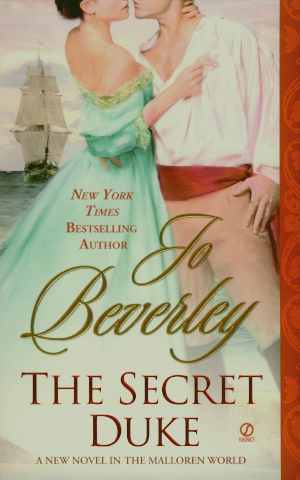 The Duke of Ithorne is the hero of my 2010 book, The Secret Duke. Though that's the last of three connected book, I was playing with his family history as soon as he appeared in A Lady's Secret. As my imagination went crazy I took his heritage back to 1066, to the concubine of King Harold (who lost the Battle of Hastings, you recall) called Edith Swanneschals, sometimes Edith of the Swan Neck, or Edith the Gentle Swan. So the swan motif came in, ending up on the coat of arms, and in the name Thorn gives to his ship, presumably with some irony as he used the Black Swan not the White Swan.
The Duke of Ithorne is the hero of my 2010 book, The Secret Duke. Though that's the last of three connected book, I was playing with his family history as soon as he appeared in A Lady's Secret. As my imagination went crazy I took his heritage back to 1066, to the concubine of King Harold (who lost the Battle of Hastings, you recall) called Edith Swanneschals, sometimes Edith of the Swan Neck, or Edith the Gentle Swan. So the swan motif came in, ending up on the coat of arms, and in the name Thorn gives to his ship, presumably with some irony as he used the Black Swan not the White Swan.
So King Harold and Edith are part of this book? Er... no. Though Thorn's family's heritage might be true, there's no mention of it in the books. But I liked the Black Swan as a name for his ship too much to abandon it. Back in A Lady's Secret, I created an inn for Thorn to use as a half-way house between his personas of the duke and as Captain Rose of the Black Swan -- the Black Swan in Stowting, Kent. Stowting is real, but the Black Swan there is entirely my own invention. The idea of an inn called The Black Swan is your invention? 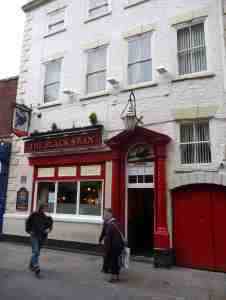 Er... no. I thought it was unusual, though. Not! They're all over the place. There's even one here in Whitby! (That's it to the left.) When we stopped in the nearby town of Guisborough, there was another. When writing The Secret Wedding, I stumbled over another in York (shown below) To ignore it seemed strange, so I used it as a place for Caro to meet the Marquess of Rothgar. 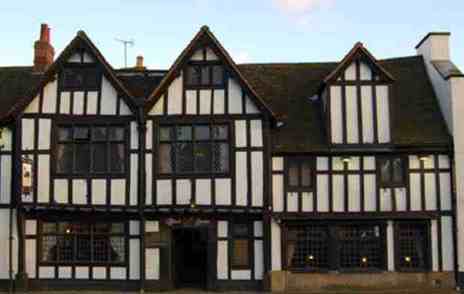
There are so many, I made a map of them. You'll see they're mostly clustered in the north, and I've discovered no reason for that. They're sometimes nick-named "the Muddy Duck." What about the ship? Is the duke a pirate? Sounds like a pirate ship. 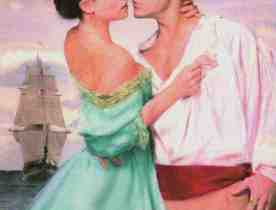
Er.... no. Thorn's not a pirate. That idea didn't occur to me, even when I nudged up against Captain Sparrow. I didn't see the connection to the pirate ship, the Black Pearl. I think the art department did, though, as there's a bit of the pirate about Ithorne on the cover. The Black Swan, is a trading vessel, and an amusement for Thorn, an escape from the burdens and duties that came with his rank. Sometimes his friends join him on board, especially during some risky work for the government during the Seven Years War. You nudged up against Captain Sparrow? Lucky you. 
In a manner of speaking! Captain Rose is, of course, a play on "Thorn", and his friends took similiar names. Robin, Earl of Huntersdown from A Lady's Secret chose Lieutenant Sparrow, because of the old rhyme about Who Killed Cock Robin? The answer being, "I said the sparrow, with my bow and arrow. I killed Cock Robin." Christian, from The Secret Wedding, chooses to be Pagan the Pirate. Pagan/Christian. They're young guys having fun. So really, the Black Swan could have been the Black Sheep? Or the Black Rat, which is where The Secret Duke starts out. There is a bit more of the black swan about all three books, though. There is something called a Black Swan Effect In his 2007 book, The Black Swan. Nassim Nicholas Taleb describes almost all major scientific discoveries, historical events, and artistic accomplishments as "black swans" — undirected and unpredicted. He gives the rise of the Internet, the personal computer, World War I, and the September 11, 2001 attacks as examples of Black Swan Events." 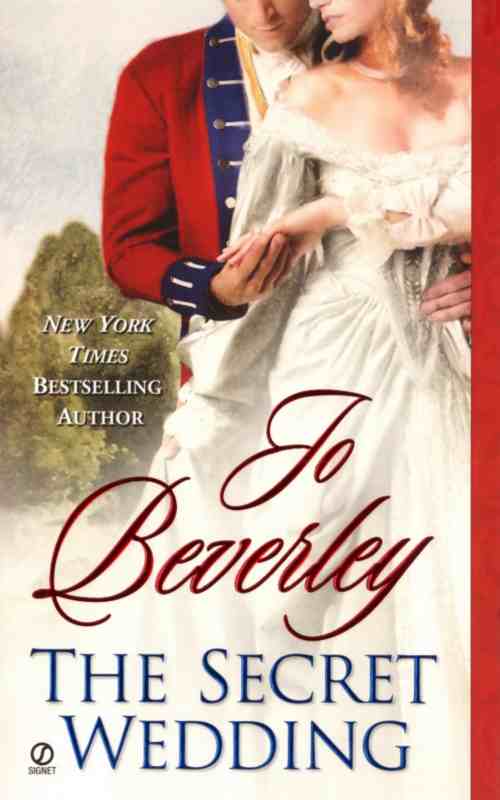
In the Secrets books, Black swan events turn all three men's lives upside down -- events triggered by their future mates. So perhaps Petra, Caro, and Bella are the black swans in these books. 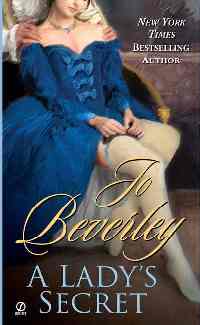
Here's a little more about the Black Swan effect. Until the 17th century, as far as most of the world knew, swan's were white. Thus "all swans are white" was the standard example of a well-known truth back to classical times. However, in 1697, the Dutch explorer Willem de Vlamingh returned to Europe claiming to have seen a black swan in the land then called New Holland, but now known as Australia. In fact he named a river there the Swan River. This seemed a bit like saying up is down. A black swan simply couldn't exist. In 1726, however, two birds were captured and taken to Batavia (Indonesia) and there was the proof. Read an excerpt of The Secret Duke here.If you'd like to receive Jo Beverley's occasional newsletter, sign up below. These addresses are never shared or sold, and you will receive nothing from this list other than Jo Beverley's newsletter and an occasional update from her about late-breaking news.
Like the above list, there's no chat or spam. All you'll ever receive is the newsletter and occasional updates with late-breaking news. If you'd like to talk to other readers about the books, you can join a chat list by e-mailing here Back to the menu. Home. Contact Jo Beverley. | |||||